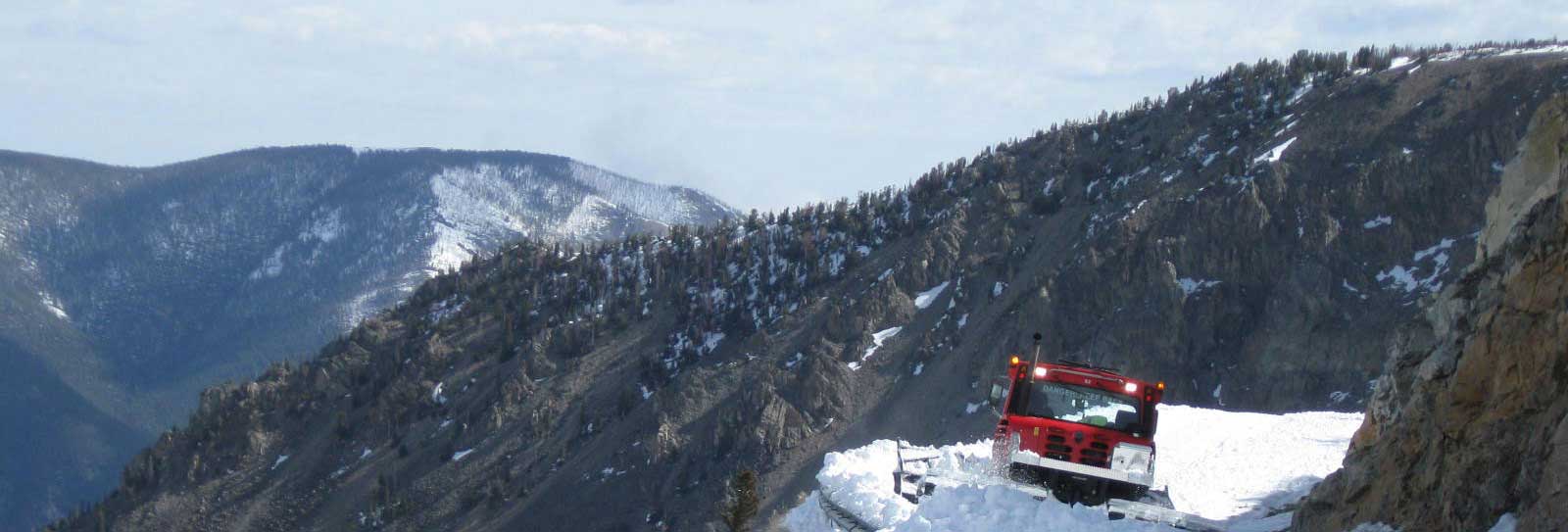Overview and Background
The Montana Department of Transportation (MDT) has developed a Carbon Reduction Strategy (CRS) to outline projects and strategies to reduce transportation emissions in Montana and support related federal goals.
Transportation emissions are defined as carbon dioxide (CO2) emissions from highway-related sources such as the operation of personal vehicles and construction equipment and from the process used to manufacture highway construction materials. CO2 is the primary greenhouse gas emitted through the combustion of fossil fuels, including coal, natural gas, and oil in the form of gasoline and diesel fuels. At the national level, the main source of CO2 emissions comes from transportation.
Development of the CRS is a federal requirement under the National Carbon Reduction Program, (NCRP) which was signed into law as part of the Bipartisan Infrastructure Law (BIL)/Infrastructure Investment and Jobs Act (IIJA) on November 15, 2021. The IIJA authorizes new funding for states to advance projects that will reduce transportation emissions and support federal goals to reduce single occupant vehicle trips, facilitate travel by lower emission transportation modes, and implement lower emission construction practices. To receive the estimated $68.1 million in funding apportioned to Montana over the next five years, MDT must develop a statewide CRS in coordination with local Metropolitan Planning Organizations (MPOs).
Although carbon reduction is a state, national, and even international effort, MDT and local MPOs can play a substantial role in reducing the state’s transportation related CO2 emissions through a variety of strategies aimed at reducing congestion, increasing non-motorized infrastructure investments, expanding public transportation, increasing truck parking, pursuing fleet electrification, supporting the use of zero-emission construction equipment and sustainable materials, and improving energy efficiency.
